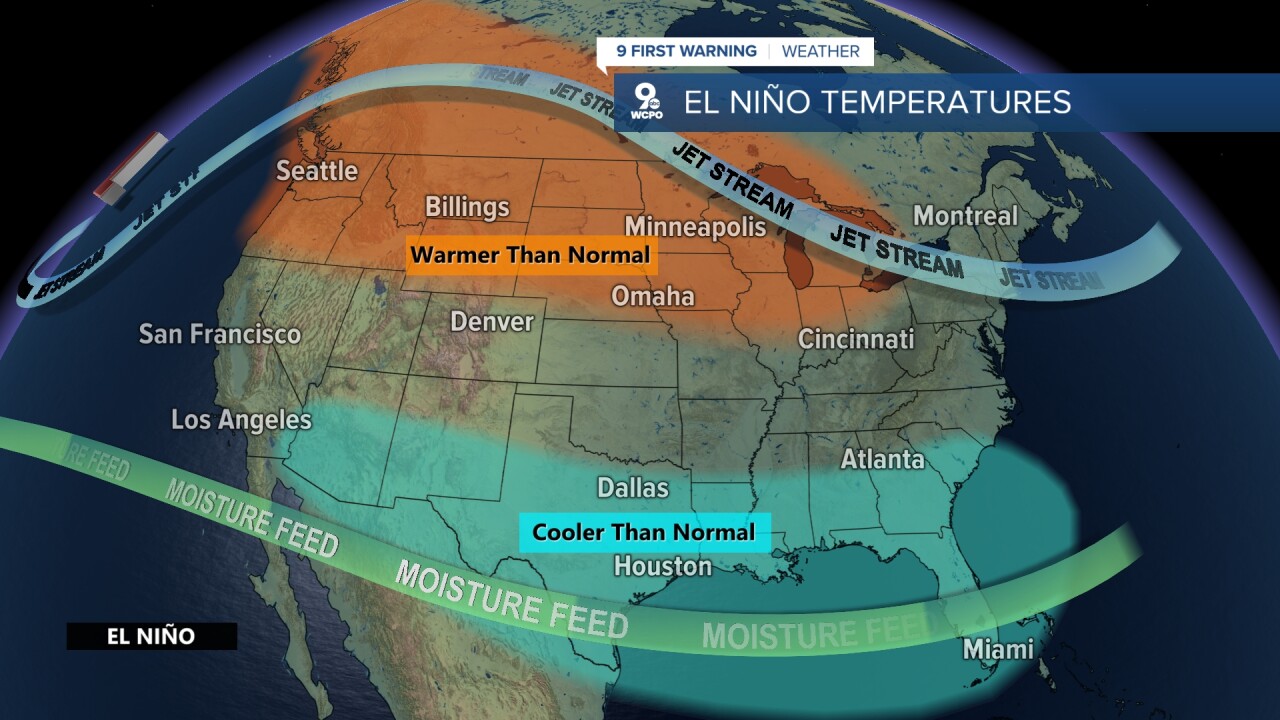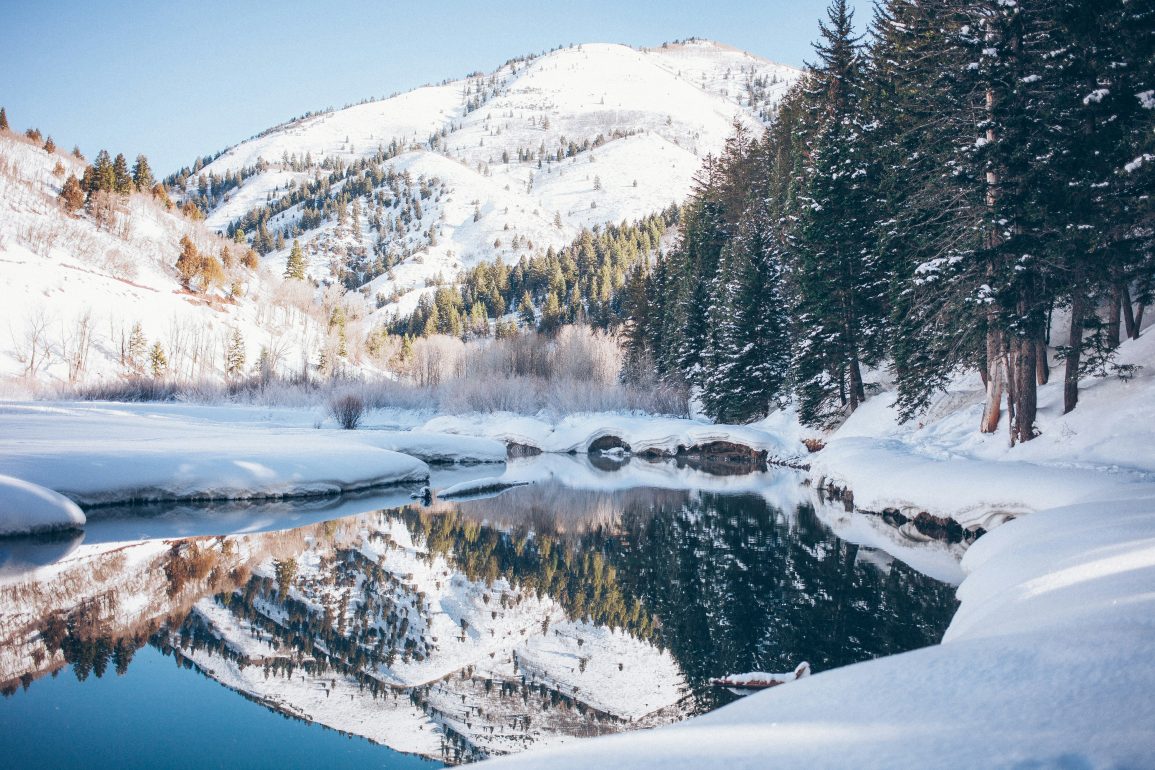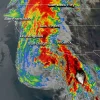The El Niño weather pattern is set to influence the U.S. winter this year, leading to warmer temperatures in the northern and far western regions. According to a forecast released by the National Oceanic and Atmospheric Administration (NOAA), El Niño will result in a notably warmer winter for places like Alaska, the Pacific Northwest, and northern New England.
El Niño, meaning “little boy” in Spanish, contrasts with La Niña, or “little girl,” as both are weather phenomena driven by shifts in Pacific Ocean trade winds. This year marks the first time in four years that El Niño has coincided with the start of winter.
In addition to warmer temperatures, El Niño will also bring increased precipitation to various areas. The forecast predicts wetter-than-average conditions for parts of northern Alaska, the West, Gulf Coast, southern plains, lower mid-Atlantic, and the southeastern U.S. Jon Gottschalck from NOAA’s Climate Prediction Center explained that the stronger southern jet stream during El Niño often leads to above-average rainfall in these regions.

Conversely, regions including the northern Rockies and central Great Lakes, such as Michigan, northern Ohio, and Indiana, are expected to experience drier-than-normal winter conditions.
As of mid-October, one-third of the U.S. is facing drought, and the additional precipitation from El Niño could help alleviate these conditions, particularly in the central U.S. and southern regions. However, the Pacific Northwest might see new drought developments, and Hawaii’s drought, which has been linked to the recent Maui fires, is expected to persist or worsen.
While El Niño offers potential drought relief for some areas, it also poses challenges for others, highlighting the complex impacts of this weather pattern.

